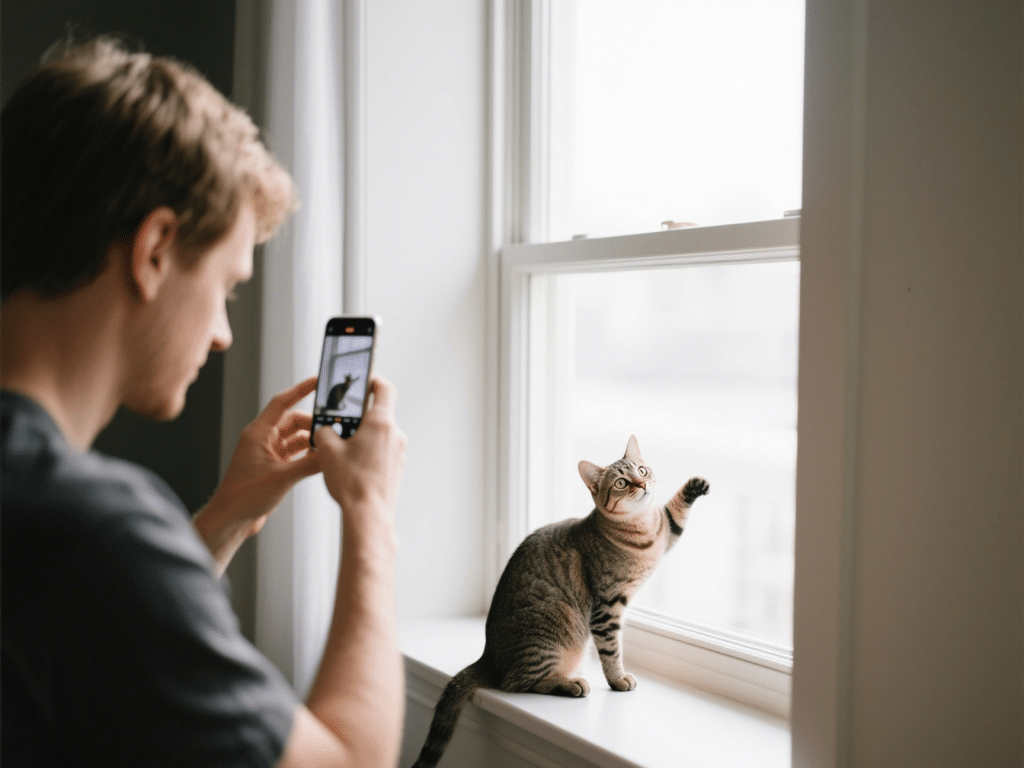Pet Socialization: Introducing Your Puppy to Other Dogs Safely
Introducing your puppy to other dogs is a critical step in raising a well-adjusted, confident pet. Proper socialization reduces fear, aggression, and future behavioral issues. Here’s a step-by-step guide to help you safely and effectively introduce your puppy to new canine friends.
1. Timing is Everything
The ideal socialization window for puppies is between 3 and 14 weeks of age. During this period, puppies are most receptive to new experiences. However, always ensure your puppy has received the necessary vaccinations before introducing them to unknown dogs.
2. Start with Familiar Dogs
Begin socialization with dogs you know are friendly and well-trained. Arrange a controlled meeting with a calm, vaccinated adult dog in a neutral environment like a quiet park.
3. Use Controlled Settings
Leash both dogs and keep the leashes loose to avoid tension. Walk them parallel at a comfortable distance, gradually decreasing the space as they become more at ease. Avoid face-to-face introductions initially, which can feel confrontational.
4. Watch Body Language
Look for signs of stress or excitement such as stiff posture, raised hackles, or excessive tail wagging. A relaxed puppy will have a loose body, wagging tail, and will be curious but not overly excited. If either dog shows signs of fear or aggression, calmly separate them and try again later.
5. Keep Sessions Short and Positive
Limit the first meetings to 10–15 minutes. Praise calm behavior with treats and verbal encouragement. Gradually increase the duration and variety of dog interactions over time.
6. Avoid Dog Parks Initially
Dog parks can be overwhelming and unpredictable for a young puppy. Stick to planned playdates or puppy socialization classes where interactions are monitored.
7. Don’t Force It
Every puppy is different. Some may be eager to make friends, while others are shy. Let your puppy take the lead at their own pace. Forcing interaction can create fear-based responses.
8. Use Positive Reinforcement
Whenever your puppy displays good manners—like calm sniffing or gentle play—offer praise and treats. This builds positive associations with meeting new dogs.
9. Consistency Matters
Frequent, varied interactions are key. Expose your puppy to dogs of different breeds, sizes, and energy levels. This builds adaptability and confidence.
Final Thought
Socializing your puppy is one of the most valuable investments in their future behavior and well-being. Done correctly, it builds the foundation for a lifetime of safe and enjoyable dog interactions.






Comments on "Pet Socialization: Introducing Your Puppy to Other Dogs Safely" :